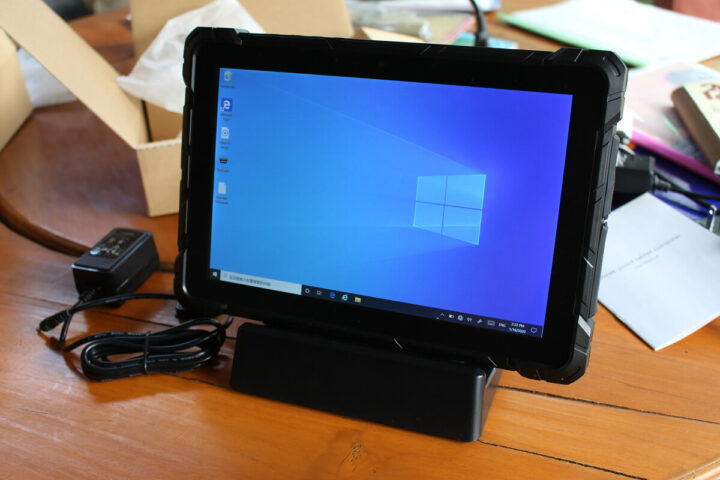The application and development trend of NAND Flash
As a relatively practical solid-state drive storage medium, NAND Flash has some physical characteristics of its own. The lifespan of NAND Flash is not equal to the lifespan of SSD. SSDs can use various technical means to improve the lifespan of SSDs as a whole. Through different technical means, the lifespan of SSDs can be increased by 20% to 2000% compared to that of NAND Flash.

Conversely, the life of SSD is not equal to the life of NAND Flash. The life of NAND Flash is mainly characterized by the P/E cycle. SSD is composed of multiple Flash particles. Through the disk algorithm, the life of the particles can be effectively used.
Based on the principle and manufacturing process of NAND Flash, all major flash memory manufacturers are actively working on developing different methods to reduce the cost per bit of flash memory, and are actively researching to increase the number of vertical layers in 3D NAND Flash.
With the rapid development of 3D NAND technology, QLC technology continues to mature, and QLC products have begun to appear one after another. It is foreseeable that QLC will replace TLC, just as TLC replaces MLC. Moreover, with the continuous doubling of 3D NAND single-die capacity, this will also drive consumer SSDs to 4TB, enterprise-level SSDs to upgrade to 8TB, and QLC SSDs will complete the tasks left by TLC SSDs and gradually replace HDDs. affects the NAND Flash market.
The scope of research statistics includes 8 Gbit, 4Gbit, 2Gbit and other SLC NAND flash memory less than 16Gbit, and the products are used in consumer electronics, Internet of Things, automotive, industrial, communications and other related industries.
International original manufacturers lead the development of 3D NAND technology. In the NAND Flash market, six original manufacturers such as Samsung, Kioxia (Toshiba), Micron, SK Hynix, SanDisk and Intel have long monopolized more than 99% of the global market share.
In addition, international original factories continue to lead the research and development of 3D NAND technology, forming relatively thick technical barriers. However, the differences in the design scheme of each original factory will have a certain impact on its output. Samsung, SK Hynix, Kioxia, and SanDisk have successively released the latest 100+ layer 3D NAND products.
At the current stage, the development of the NAND Flash market is mainly driven by the demand for smartphones and tablets. Compared with traditional storage media such as mechanical hard drives, SD cards, solid-state drives and other storage devices using NAND Flash chips have no mechanical structure, no noise, long life, low power consumption, high reliability, small size, fast read and write speed, and operating temperature. It has a wide range and is the development direction of large-capacity storage in the future. With the advent of the era of big data, NAND Flash chips will be greatly developed in the future.